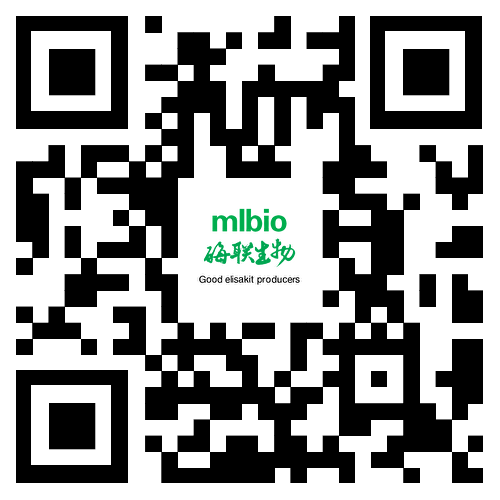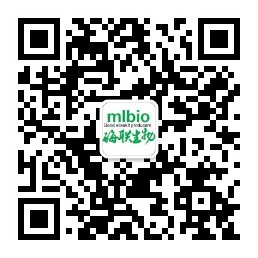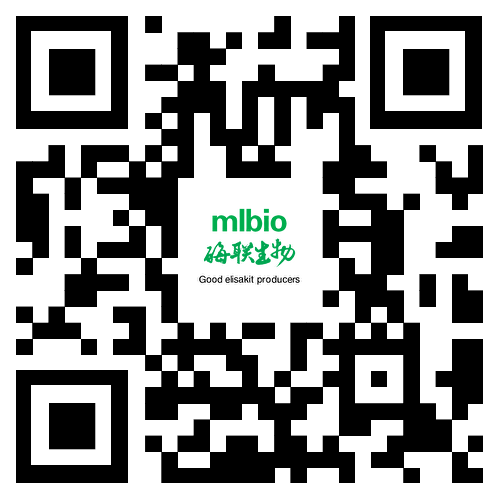ELISA 基本原理及步驟
<p> <span style="font-size: 12px;"> ELISA技術于20世紀70年代初由荷蘭學者VanWeeman和Schurrs與瑞典學者Engvall和Perlman幾乎同時提出。最初,ELISA主要用于病毒、細菌的檢測。20世紀70年代末,它開始廣泛應用于抗原、抗體的定性和定量測定,包括一些藥物、激素、毒素等半抗原分子的定量檢測。由于ELISA檢測對儀器要求低,操作簡便,特別是樣品前處理簡單,易于推廣,且具有準確、靈敏、快速、特異、經濟等優點,日益成為眾多領域分析技術研究的熱點。</span></p>
<p style="text-align: center;"><span style="font-size: 12px;"><img src="/images/upload/Image/微信圖片_20250331164136.jpg" alt="酶聯生物ELISA試劑盒" width="500" height="375" /></span></p>
<div><span style="font-size: 12px;"><br />
</span></div>
<h3><span style="font-size: 12px;"> </span><strong><span style="font-size: 12px;"> ELISA原理</span></strong></h3>
<div><span style="font-size: 12px;"><br />
</span></div>
<div><span style="font-size: 12px;"> ELISA的基礎是抗原或抗體的固相吸附和酶標記。固相載體表面的抗原或抗體仍然保留其免疫活性,而酶標記的抗原或抗體則同時保留了其免疫活性和酶的活性。測定時,待測標本(即其中所含的待測抗體)與固相載體表面的抗原或抗體發生反應。通過洗滌,固相載體上形成的抗原抗體復合物可以與液體中的其他物質分離,然后加入酶標記的抗原或抗體,該抗原或抗體也通過反應結合到固相載體上。此時,固相上的酶量與標本中待測物的含量成一定比例。加入酶反應底物后,底物在酶的催化下生成有色產物。產物的量與標本中待測物的含量直接相關,因此可以根據顏色的深淺進行定性或定量分析。由于酶的催化效率高,間接放大了免疫反應的結果,使檢測方法更加靈敏。可根據試劑來源、標本情況和檢測的具體條件,設計不同類型的檢測方法。</span></div>
<div><span style="font-size: 12px;"><br />
</span></div>
<h3><span style="font-size: 12px;"> ELISA實驗技巧</span></h3>
<div><span style="font-size: 12px;"><br />
</span></div>
<div><span style="font-size: 12px;"> 1.加樣</span></div>
<div><span style="font-size: 12px;"><br />
</span></div>
<div><span style="font-size: 12px;"> ELISA中最常見的操作是加樣,涉及到每個步驟。目前一般使用移液槍加樣,將規定的量加入到板孔中。加樣時,首先要注意將加入的物質加入到板孔底部,避免加入到孔壁的上部,并且不要噴濺或產生氣泡。加入不同物質時應更換噴嘴,避免交叉污染。</span></div>
<div><span style="font-size: 12px;"><br />
</span></div>
<div><span style="font-size: 12px;"> 另外,顯色時最好使用多通道移液槍快速完成加液過程,因為顯色對時間要求較高,最好同時顯色,加液時間越均勻,結果誤差越小。</span></div>
<div><span style="font-size: 12px;"><br />
</span></div>
<div><span style="font-size: 12px;"> 2.稀釋</span></div>
<div><span style="font-size: 12px;"><br />
</span></div>
<div><span style="font-size: 12px;"> ELISA實驗中,準確的稀釋操作非常重要。為了獲得可靠的結果,應該使用同一型號的微量移液器和吸頭,并在試管或其他合適的容器中進行稀釋,確保混合均勻后,再將稀釋后的液體加入到板孔中。避免在板孔中直接稀釋,以減少誤差和交叉污染的風險。</span></div>
<div><span style="font-size: 12px;"><br />
</span></div>
<div><span style="font-size: 12px;"> 3.洗滌</span></div>
<div><span style="font-size: 12px;"><br />
</span></div>
<div><span style="font-size: 12px;"> 在ELISA過程中,洗滌雖然不是反應步驟,但也決定了實驗的成敗。ELISA依靠洗滌來分離游離和結合的酶標記,去除殘留在板孔中的未與固相抗原或抗體結合的物質,以及反應過程中非特異性吸附到固相載體上的干擾物質。聚苯乙烯等塑料對蛋白質的吸附是普遍存在的,這種非特異性吸附的干擾物質應在洗滌過程中洗掉。可以說,在ELISA操作中,洗滌是最重要的關鍵技術,應引起操作者的高度重視。操作者應嚴格按照要求進行洗滌,掌握洗滌技術,確保洗滌液充滿每個孔。洗板后,最好在吸水紙上輕輕拍干(選擇干凈、無塵或少吸塵的材質),并嚴格遵守洗滌時間。</span></div>
<div><span style="font-size: 12px;"><br />
</span></div>
<div><span style="font-size: 12px;"> 4.顯色</span></div>
<div><span style="font-size: 12px;"><br />
</span></div>
<div><span style="font-size: 12px;"> 顯色是ELISA反應的最后一步,酶催化無色底物生成有色產物。反應溫度和時間也是影響顯色的因素。在一定時間內,陰性孔可以保持無色,而陽性孔則隨著時間的推移顏色逐漸加深。適當提高溫度有助于加快顯色。定量測定時,加入底物后的反應溫度和時間應盡可能準確。定性測定的顯色可在室溫下進行,時間一般無需嚴格控制。有時可根據陽性對照孔和陰性對照孔的顯色情況,適當縮短或延長反應時間,并及時判斷。</span></div>
<div><span style="font-size: 12px;"><br />
</span></div>
<div><span style="font-size: 12px;"> 5.數據讀取</span></div>
<div><span style="font-size: 12px;"><br />
</span></div>
<div><span style="font-size: 12px;"> 比色前應先用干凈的吸水紙吸干酶標板底部附著的液體,以減少對比色的干擾,然后將酶標板正確放入酶標儀的比色架上。酶標儀應放置在避光環境中,操作溫度為15~30℃。使用前應將酶標儀預熱15~30分鐘,以使結果更穩定。</span></div>


 酶聯官方手機二維碼
酶聯官方手機二維碼

































